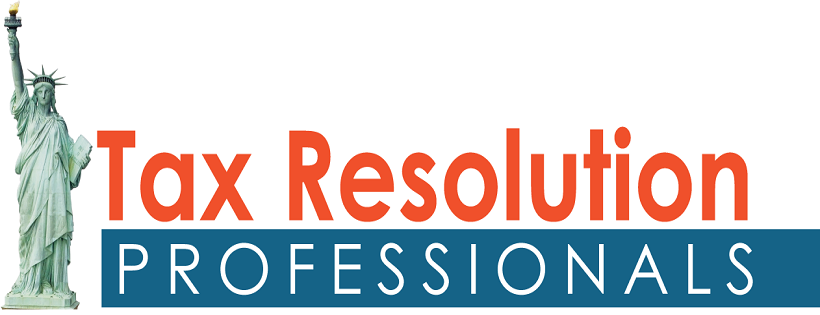The UTPR is a key enforcement mechanism under the OECD’s Pillar Two framework, designed to prevent tax avoidance. It applies to MNEs with annual revenues of at least 750 million euros. The primary rule, called the Income Inclusion Rule (IIR), requires a parent company to pay a “top-up tax” if any of its subsidiaries pay an effective tax rate below 15%. If the IIR doesn’t apply, the UTPR kicks in.
Here’s how the UTPR works: if a subsidiary in one country pays less than 15% tax, other countries where the MNE operates can collect the difference. This rule ensures that no income falls through the cracks and is a powerful tool to enforce the global minimum tax.
Why the UTPR Increases Compliance Complexity
The UTPR introduces several new challenges for MNEs, adding significant layers of complexity to existing tax requirements.
Multiple Jurisdictions, Multiple Rules
Each country can adopt and interpret the UTPR differently. This lack of uniformity means MNEs can’t rely on a single, standardized approach. They’ll need to:
- Monitor tax laws and regulations in every country they operate in.
- Adjust internal systems to track effective tax rates and payments based on each jurisdiction’s specific implementation.
- Adapt to differing interpretations and reporting deadlines, which will vary by country.
Detailed Data Collection and Reporting
The UTPR mandates a new level of granular financial data collection. To comply, MNEs must calculate and report the effective tax rate for each subsidiary in every country, annually. This goes beyond simple income and taxes paid, requiring detailed tracking of:
- Income and taxes for each entity.
- Specific tax incentives and credits.
- Adjustments for deferred tax assets and liabilities.
This data-intensive requirement necessitates robust new systems and processes for gathering and managing information, and is often called the “compliance tsunami.”
Risk of Double Taxation
Because multiple countries can potentially apply the UTPR to the same income, the risk of double taxation is a major concern. An MNE could find itself paying top-up tax on the same profits to more than one country. To mitigate this, companies must:
- Carefully coordinate their filings and tax calculations across all jurisdictions.
- Implement new internal controls and technology to prevent multiple claims on the same income.
Preparing for the UTPR
Given that the UTPR is set to take effect in 2025, MNEs should be proactive. Waiting until the last minute will likely lead to compliance failures and financial penalties. Businesses need to assess their potential exposure, update their tax processes, and invest in the technology required to handle the new data and reporting demands. Early preparation is crucial for a smooth transition.
